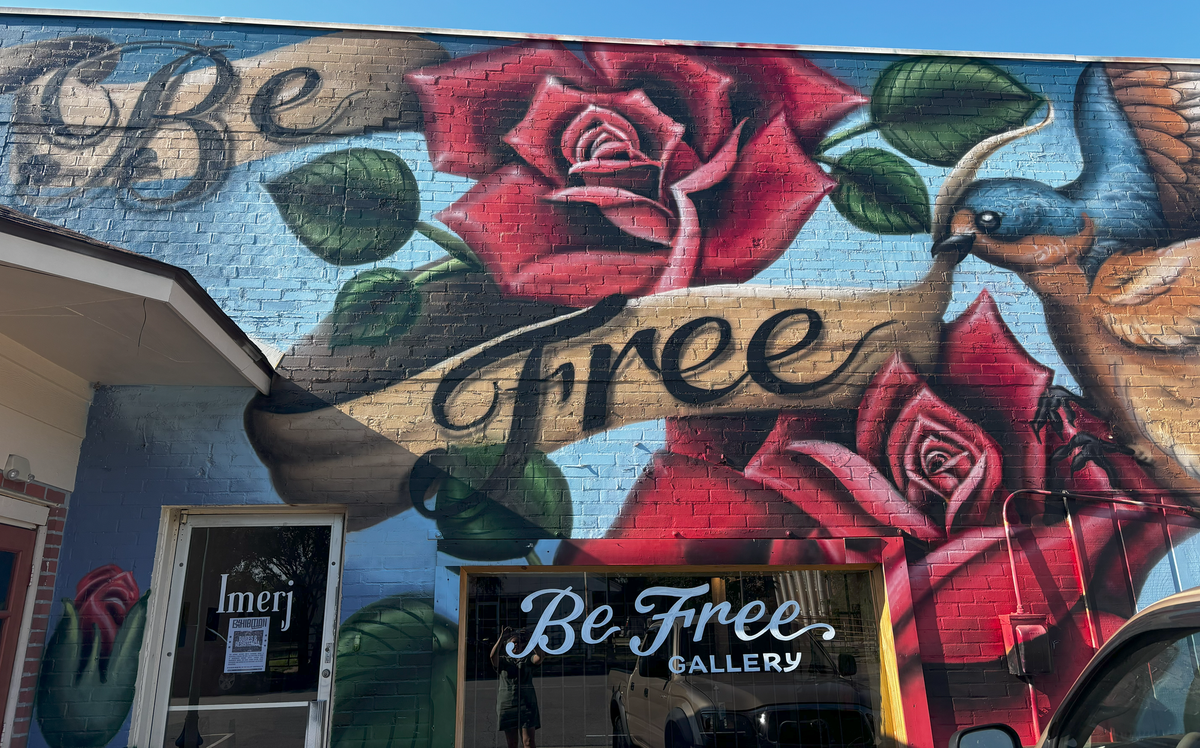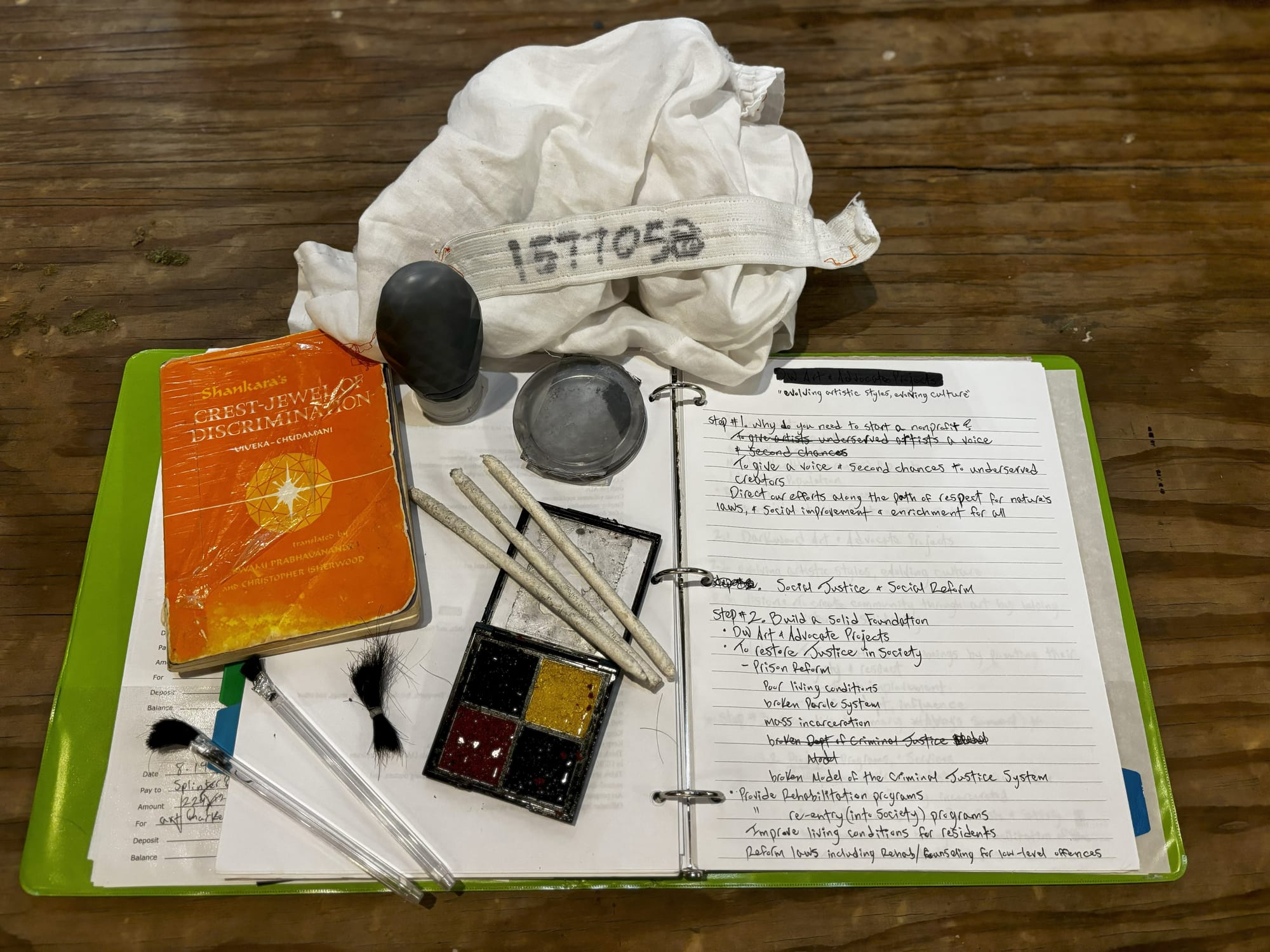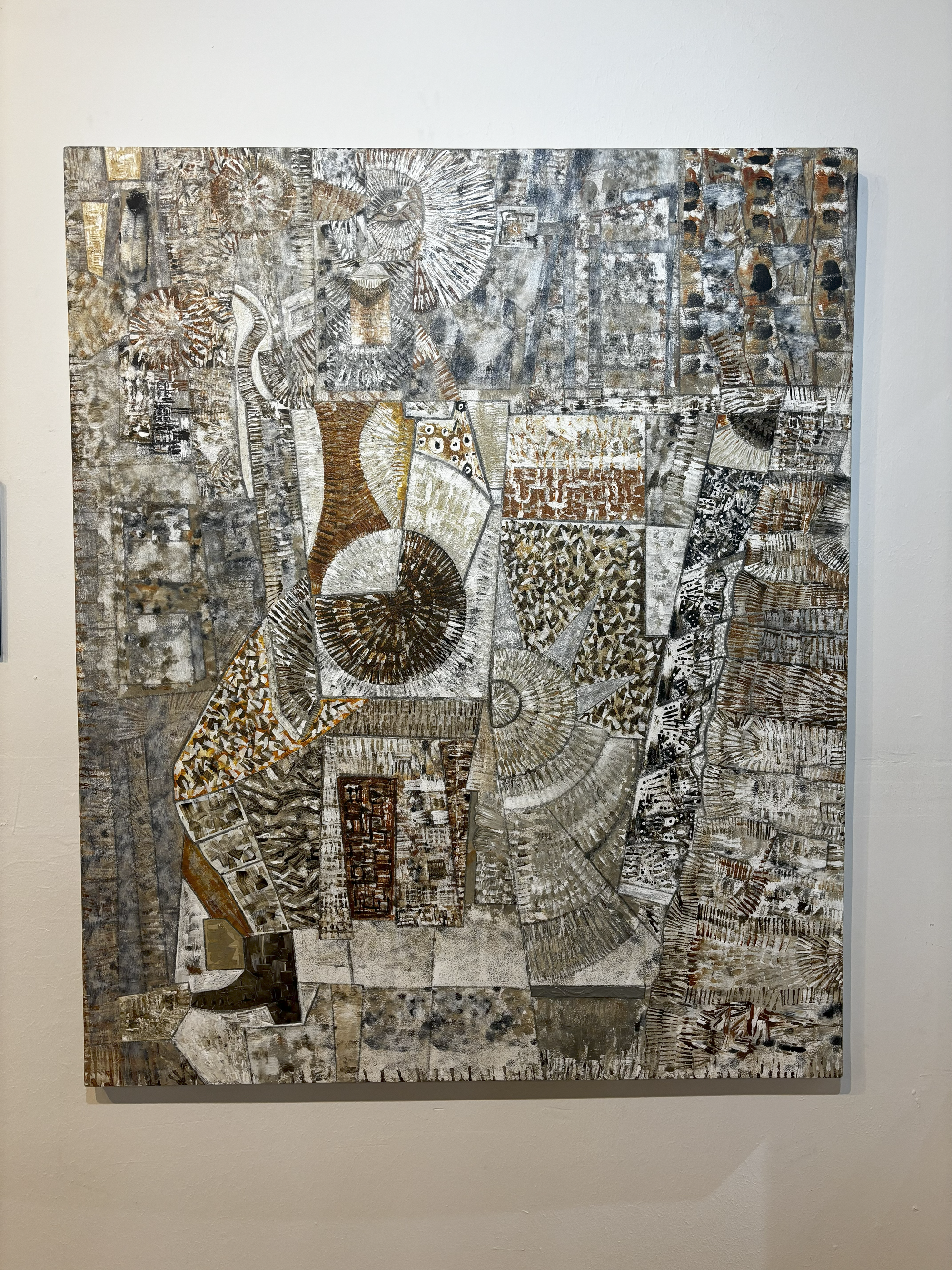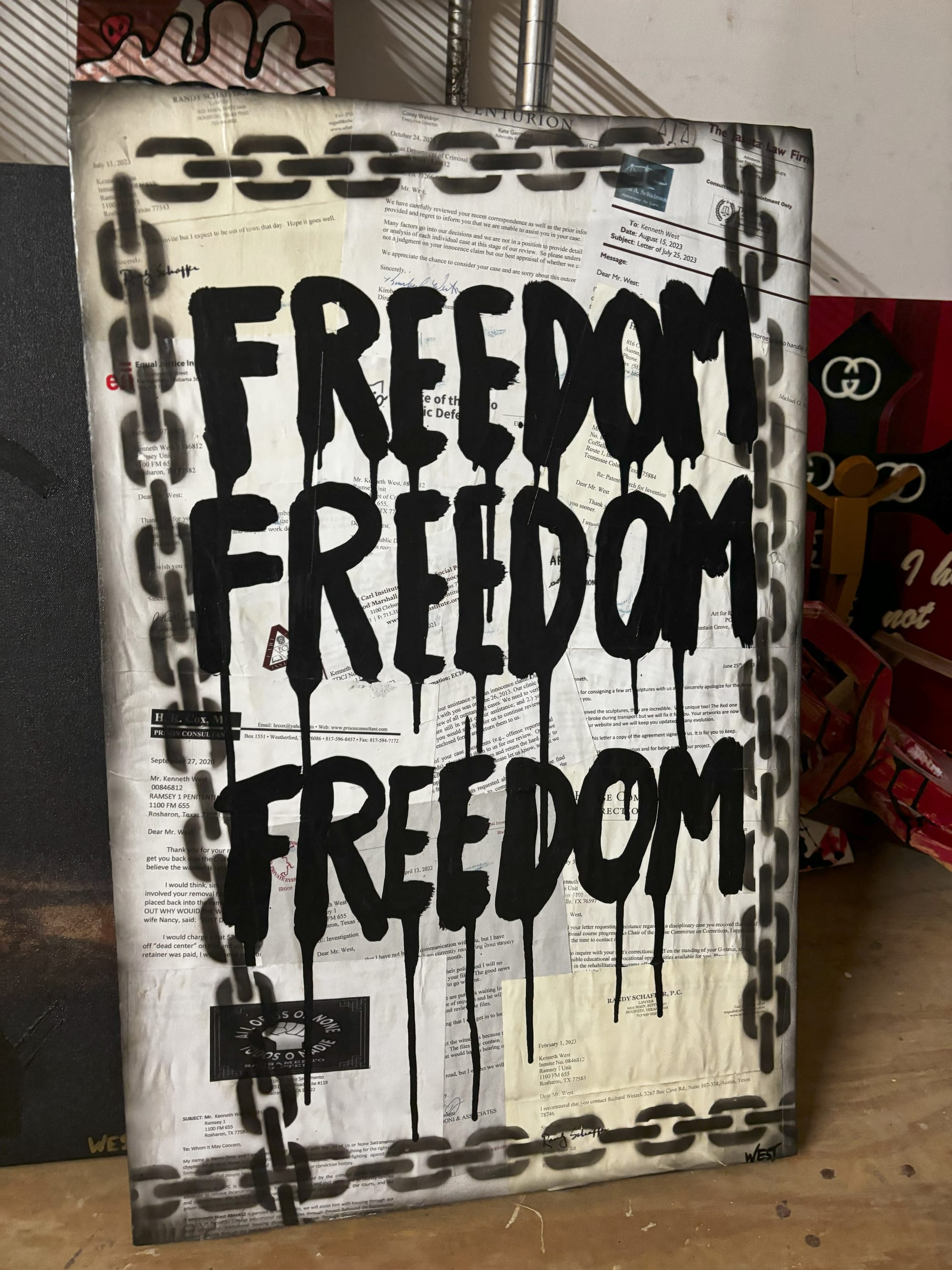Imerj-ing from prison into art
Great art knows no boundaries.

With five prisons in the city limits, Huntsville is named Prison City for a reason. We all know what one looks like from the outside, but Daniel Celaya, the founder of downtown's new Be Free Gallery, knows them well from the inside. Prison City Huntsville has proven to be the ideal place to operate his gallery and associated non-profit, Imerj Art & Advocacy Projects.
Humans have always had some version of art, be it primitive cave paintings or Michelangelo’s frescoes. There is ample scientific evidence that our interaction with art, as observer or creator, has positive effects on body and mind. Removing prisoners from society does not exclude them from the benefits of art.
But what happens when the means to create art are taken away? Celaya knows, having spent 20 years in Texas prisons, eight and a half of which were in solitary confinement. Lacking supplies, but not a drive to create and express himself, Celaya made paint brushes using thread from his boxers, some of his hair, a pen tube, and the metal clamp of a pencil eraser. His paint came from the innards of a color pencil, ground into powder and mixed with baby oil.
Celaya says, “Art saved my life. It redirected my misdirected energy,” to make a paintbrush instead of a shank.

A year and a half ago, Celaya left prison with a dream: “to give a voice and second chances to underserved creators, by promoting their dignity and respect.” In prison, he handed off his and other inmates’ art to his aunt and mother on the outside. Now released, he has become the steward instead, dealing art instead of contraband, representing those who are still behind bars and those who have served their time.
Celaya says, “I don’t sell art, I sell stories. Because there’s a story behind everybody here.” 60% of all sales go to the artists and 40% goes to the organization.
Be Free Gallery is located inside the old Greyhound Bus Station, where one can still find an attendant tucked away serving bus riders, be they newly released or never locked up. The art in the spacious gallery is unique and diverse, from oil paintings and pencil sketches to mixed media, airbrushing, and woodwork.
Celaya says Be Free Gallery and Imerj have been embraced by the city of Huntsville. Still, there are people who walk into the gallery and then turn and walk out once they realize who made the art. For some, the prison stigma persists. Celaya tries to educate people on the humanity of the artists by hanging their stories on the walls, showing what he has coined as “justice-involved arts and artists,” instead of labeling it as prison art.


Left: John Shockley's raw texture and layered abstractions of survival, strength, and justice are all created behind bars. Right: Kenneth West created this piece in the craft shop using the many denial letters he received when requesting to get his case reviewed.
It isn’t easy. Though he has some local benefactors, getting help and covering costs remain Celaya’s biggest hurdles. Be Free Gallery and Imerj have a staff of one. With some help from volunteers, Celaya renovates the space, does administrative work, coordinates with artists, and organizes the receptions.
Costs add up. For example, it takes roughly $800 a month to communicate with and travel to prisoners and collect their works. Administrative and event costs are at least another $600 a month, and so on.
At one point, the Greyhound Station had clothes and other items that newly released inmates could buy to start their new life. While these are no longer for sale, hope is available for free in the form of the art that hangs from the walls. For Celaya, passing on that hope is worth the struggles to keep the Be Free Gallery and Imerj in operation.
“I don’t just want to help them develop as an artist," he says. “I want to help them develop as a human being.”
Be Free Gallery, located behind the stunning mural of roses at 1000 12th Street downtown, is open Monday through Friday from 9 am-2 pm and during their frequent receptions. Street parking is available and entry is free. Learn more at imerjart.com, where there is a link to donate. In-kind donations are also appreciated, such as stamps, ink, and paper for the office, toilet paper and cleaners for the bathroom, or cups, plates, ice, food, and beverages for the receptions.
This article was composed by Mary-Brett Stringer. Learn more about Mary-Brett and her podcast, The Doers of Things, on her web site, www.thedoersofthings.com. The full interview with Celaya will be available on The Doers Of Things later this year.